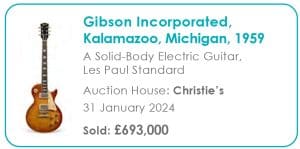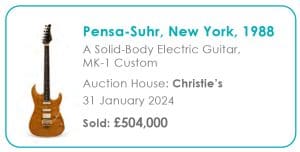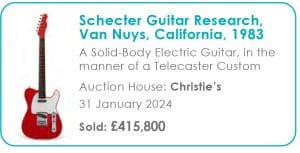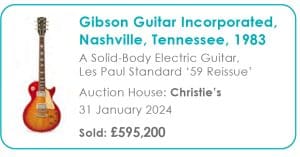I have always said that having musical instruments in a household is a prerequisite for a happy home, a piano that can be played by members of the family and as is the case with my house – guitars – probably too many for most, but not nearly enough for my stable.
The market for collectible guitars has hit such a massive high in the last few years, it has almost seen a clear division of people who want to buy an instrument;
The musicians who aspire to own the pinnacle of instruments.
Those who want to own an instrument owned by a famous musician.
Investors.
Where guitars are very special in terms of value is that most players will universally agree that the best guitars were made in past – a golden era being from 1950-1970. This was when Gibson, Fender, Rickenbacker, Gretsch et al released some of the most revered designs of all time. Not just exceptional for guitar design, but pieces of art that have become symbols of a period of time that was the turning point for music.
So why are these instruments different?
The very strange thing is that guitars for the most part haven’t changed in design since the 1950s, If you watch any band on YouTube (I wish I could say Top of The Pops, RIP) then I would suggest 90% of the guitars in the video are designed long before any of them were born, and probably before their parents were born.
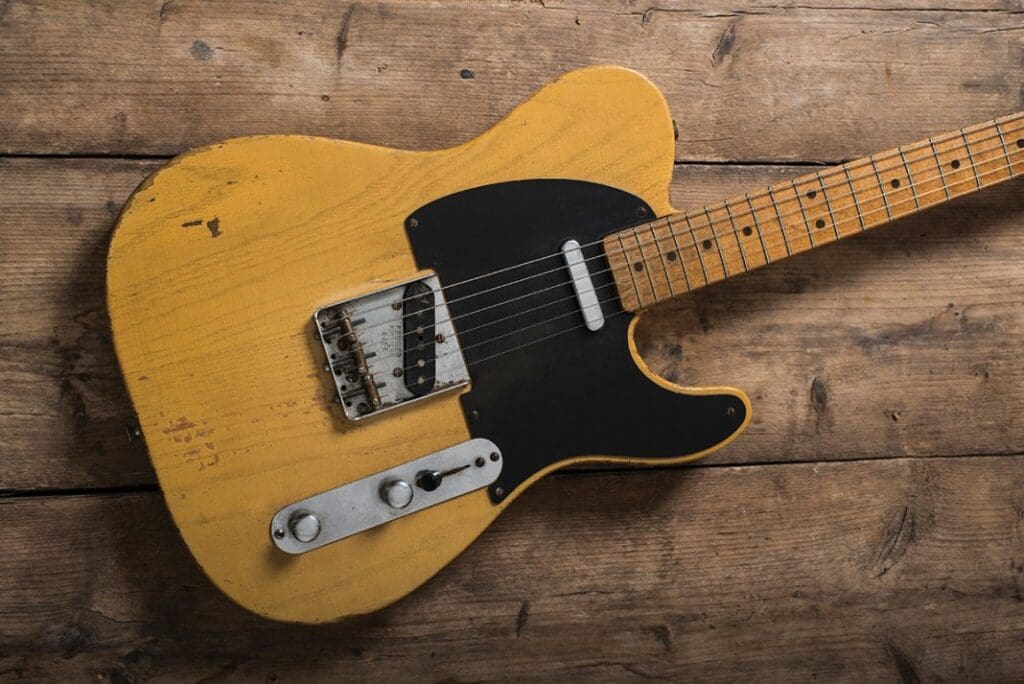
These are the instruments that shaped my youth, and probably yours, even if you didn’t know it – and because of this – the golden era of instrument manufacturing was those first years. To acquire a first year production of the Fender Telecaster (then known as the Broadcaster, or even the ‘Nocaster’) is such a grail that people are willing to pay in excess of £100,000 for a completely original guitar, as things are modified or changed then the prices decrease accordingly, but it’s not unusual to see guitars that have lived a very hard life still changing hands in the top five figure range.
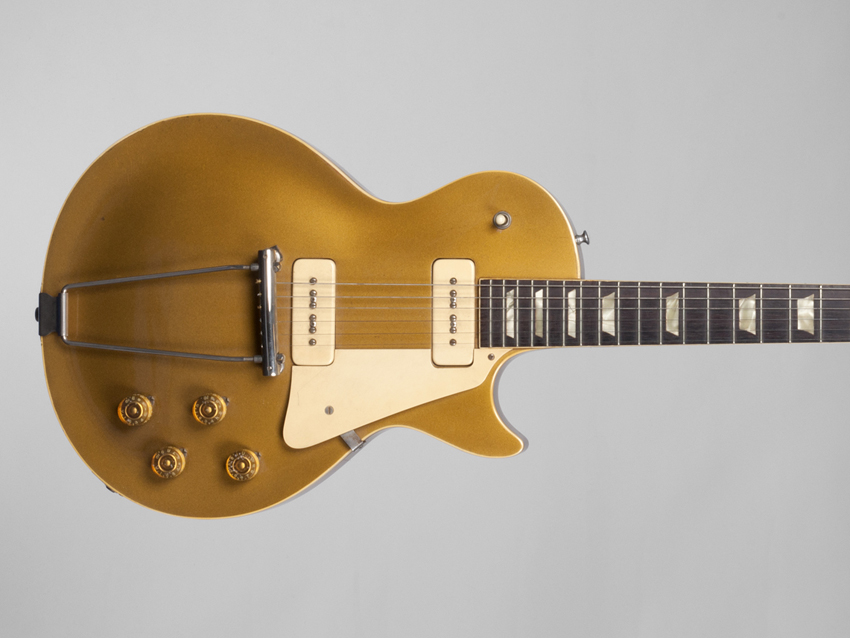
Along with Fender, the other big name in the guitar world has to be Gibson. Originally noted for making mandolins, and later jazz guitars, the quality of the luthiers employed by them was outstanding in these years and they were at the forefront of guitar design and production.
In 1952, the well-known guitarist and innovator Les Paul collaborated with Gibson to create a guitar that is not only a piece of iconic design in the guitar world, but ultimately the design world. The Les Paul evolved to become one of the most, if not the most desirable guitar of all time with models from 1958-1960 being the top of the tree, with prices of these guitars rising over the last 40 years at rates which would put them in the higher echelon of investment funds.
The list of fans reads like a ‘who’s who’ of influential guitarists, from Jimmy Page, Eric Clapton, Peter Green, Keith Richards, Jeff Beck – you could go on for days. The 1959 Les Paul has reached some incredible prices, with items reaching up to £250,000-£500,000 retail and recently, one Mark Knopfler owned guitar made close to £700,000 at auction, it’s not impossible to think that one day, even guitars not owned by celebrities will reach that kind of figure.
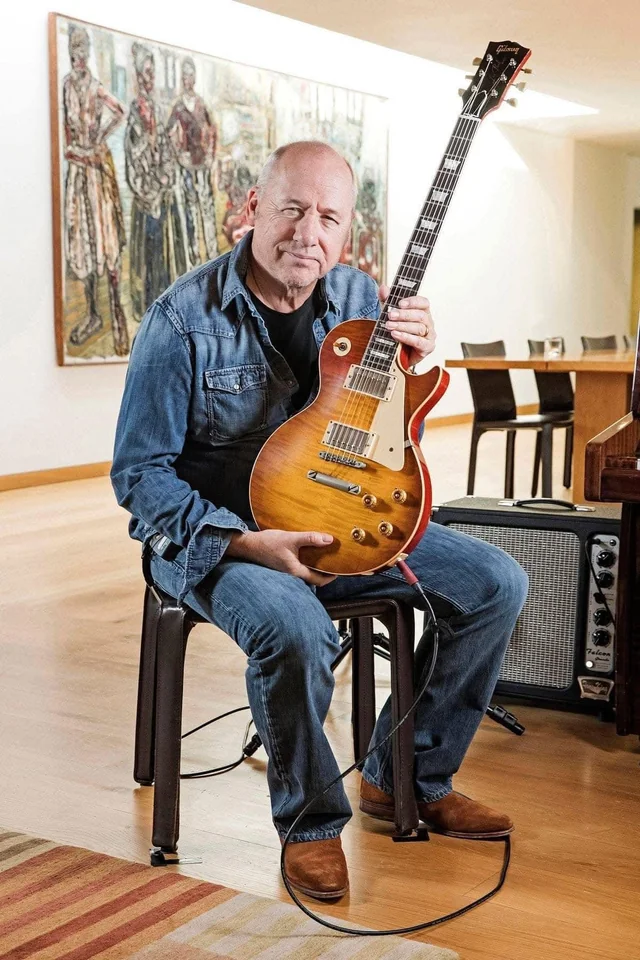
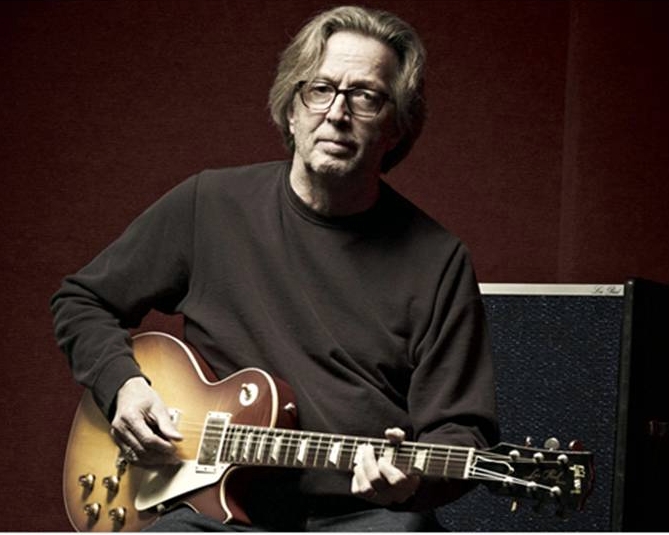
If you ask a child to draw an electric guitar, they will either draw a Les Paul, or a Stratocaster – and this has always been the case, unless you were a child of the 80s like myself, when you would have drawn something horrible and pointy – and we can all blame Motley Crue for that.
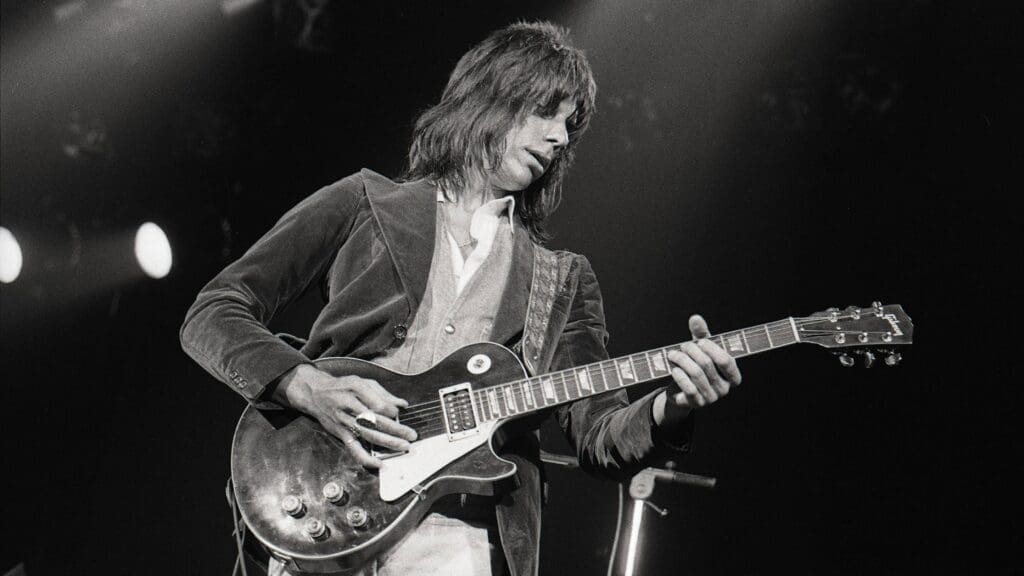
One of the most interesting guitars that have sold recently almost dispels this theory though, where a cheap copy (albeit licensed by Gibson) of a Les Paul made a significant amount of money.
Noel Gallagher’s Epiphone Les Paul Standard, a cherry sunburst model, holds a significant place in Britpop history. As Gallagher’s primary guitar during Oasis’s formative years, it was instrumental in shaping the sound of their debut album, Definitely Maybe. This guitar was used extensively during early recording sessions at Manchester’s Out of the Blue Studios and Wales’s Monnow Valley Studios, and it featured prominently in live performances at venues like The Boardwalk in Manchester and London’s Water Rats and also appearing in the music video for Supersonic, filmed upon a rooftop in Manchester.
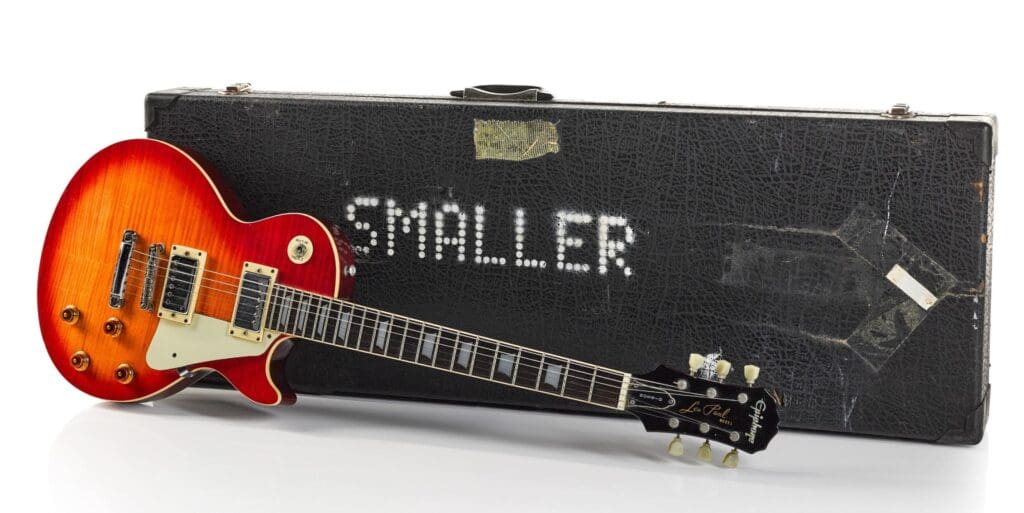
Despite being a more affordable instrument compared to its Gibson counterparts, this Epiphone Les Paul became iconic through its association with Noel and Oasis’s meteoric rise. Its cultural significance was underscored when it went up for auction at Sotheby’s in September 2024. Initially estimated to fetch between £60,000 and £80,000, the guitar surpassed expectations, selling for £132,000, making it one of the most valuable Epiphone guitars ever sold, however – in my opinion, given the recent explosion in interest for the band – I would see this guitar having to be insured for close to £500,000 – it really is that important.

This sale not only highlights the guitar’s historical importance but also reflects the enduring legacy of Oasis and the Britpop era. Gallagher’s Epiphone Les Paul remains a symbol of a pivotal moment in British music history, embodying the raw energy and ambition that propelled Oasis to international fame.
So, how does this result impact the guitar market? Well, it indicates that in many areas of memorabilia, the association with a certain musician or celebrity can outstrip the value of an instrument to a huge degree – for example the next Epiphone Les Paul, manufactured after Noel Gallaghers guitar by the same person in the Samick factory of Korea, is probably worth about £200 – which is clearly a lot less, but wait for someone to purchase the guitar, write a multi-platinum selling album and then see what it’s worth!








